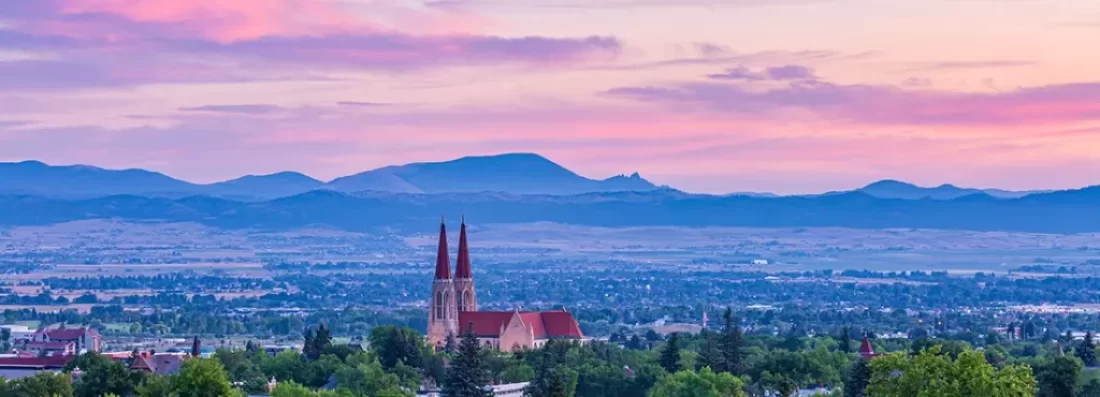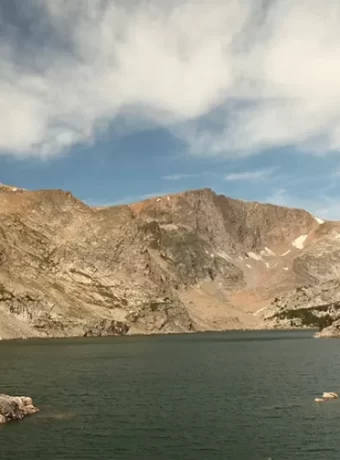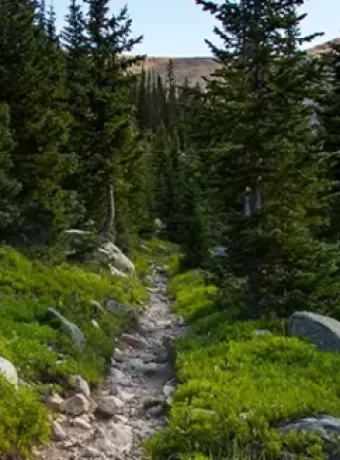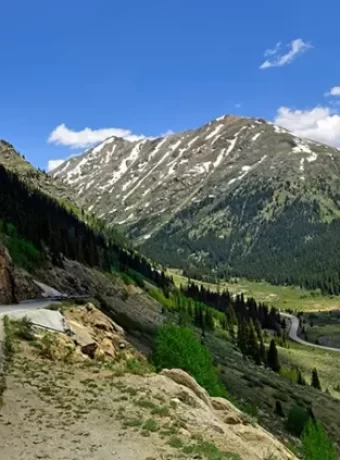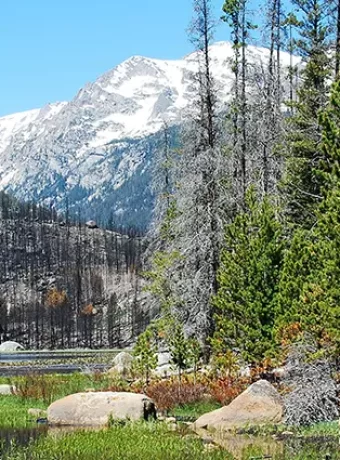Helena Montana: A Haven for Outdoor Adventure Lovers
Helena Montana captures a unique spirit where compelling history and the great outdoors converge. This city possesses a distinct charm that resonates with many who visit or call it home. Nestled in southwest Montana, Helena blends fascinating gold rush stories with abundant opportunities for adventure, making it a prime destination to experience Helena.
You’ll delve into its storied past, uncover the legacy of the famous Last Chance Gulch, and find amazing trails for every skill level. We will also cover premier fishing spots along the Missouri River and other renowned waters, as well as interesting nearby towns that add to the region’s character. Let’s explore what makes this Montana Big Sky city so captivating and why a trip to Helena should be on your list.
Table of Contents
The Rich Story of Helena Montana
Helena’s narrative begins with a stroke of fortune and tenacious spirit. In 1864, the discovery of gold irrevocably altered the area’s destiny. This event laid the foundation for the vibrant Helena city we know today.
Gold Rush Beginnings
It was a pivotal moment in July 1864 when four prospectors, often referred to as the “Four Georgians”—John Cowan, Daniel Jackson, John Crabb, and Reginald Stanley—stumbled upon gold. They had persevered through months of searching across Montana Territory with little to show for their efforts. Their significant discovery in what they aptly named Last Chance Gulch proved monumental, eventually yielding millions of dollars in placer gold, an estimated $18 million in 19th-century currency.
This incredible find ignited a frenetic rush of people to the Helena area. By 1865, the gulch was a bustling, chaotic scene, packed with miners, opportunistic shopkeepers, and hastily constructed shelters filling the landscape. The settlement was initially dubbed “Crabtown,” after John Crabb, one of its founders.
However, the name soon changed to “Helena,” a suggestion made by a miner named John Summerville, who thought of his hometown, Helena, Minnesota. The name was considered more dignified for a burgeoning town with such golden prospects. This rich Helena history is palpable even today.
Growth and Becoming the Capital
Helena’s newfound wealth naturally attracted enterprising business people and investment. By the 1870s, it had solidified its status as a key commercial and financial center in the territory. The arrival of the Northern Pacific Railway in 1883 was a transformative event, connecting Helena to larger markets and further fueling its expansion and importance.
When Montana achieved statehood in 1889, Helena engaged in a spirited competition with Anaconda, a copper-smelting town backed by wealthy industrialist Marcus Daly, to become the state capital. After a hard-fought political battle and statewide vote, Helena emerged victorious. It proudly remains the capital of Montana today, a testament to its historical significance and enduring influence.
The city’s historic downtown Helena, largely centered around the original Last Chance Gulch, beautifully showcases this lively past with well-preserved Victorian architecture and numerous important cultural spots. A visit Helena plan often starts here, exploring the roots of the city.
Key Historical Sites You Should See
Several key locations in Helena eloquently narrate its compelling story. The Montana State Capitol building is a primary example. Completed in 1902, this grand structure is designed in the Greek Renaissance architectural style and features an impressive, large copper dome that is a landmark in the city.
Inside, visitors can admire beautiful murals, including Charles M. Russell’s masterpiece, “Lewis and Clark Meeting the Flathead Indians at Ross’ Hole,” which depicts significant scenes from Montana’s history. Guided and self-guided tours are available, and you can learn more about planning your visit on the official capitol visitor page.
Another significant historical site is the Original Governor’s Mansion. This stately Queen Anne-style home, built in 1888, served as the residence for Montana’s governors from 1913 to 1959. Tours of the original governor’s mansion offer a glimpse into the lives of Montana’s first families and the political history of the state. The governor’s mansion is maintained by the Montana Historical Society.
Reeder’s Alley stands as another important portal to the past. It’s a charming, well-preserved collection of brick and stone miner cabins dating back to the 1870s. Walking through this narrow, cobbled alley gives you an authentic feel for the early, rugged life in Helena during the gold rush, a true slice of Helena history. This spot offers a real peek into the daily existence of the first miners and artisans who built the city.
The majestic Cathedral of St. Helena is an architectural gem that is hard to miss. Inspired by the Gothic cathedrals of Europe, particularly the Votivkirche in Vienna, its towering twin spires dominate the city skyline. This stunning building is an architectural beauty, renowned for its intricate stained glass windows, which were crafted in Germany. The Cathedral of St. Helena remains an active parish and a significant spiritual center in Helena.
Helena’s story is one of resilience and transformation. It grew from wild, unpredictable mining beginnings into Montana’s esteemed political and cultural center. Educational institutions like Carroll College, a private Catholic liberal arts college founded in 1909, also contribute significantly to the city’s vibrant character and intellectual life. The college campus itself is a beautiful part of Helena.
For those interested in the arts, the Archie Bray Foundation for the Ceramic Arts, located just outside Helena, is an internationally recognized center. Founded by brickmaker Archie Bray in 1951, it offers residencies for ceramic artists and public access to galleries and classes, adding another layer to Helena’s cultural offerings.
Last Chance Gulch: Where Helena Montana Began
Last Chance Gulch is far more than just a historic street in downtown Helena; it represents the very soul of Helena’s origin story. What was once a muddy, winding ditch teeming with hopeful miners seeking their fortune is now a lively, pedestrian-friendly walking mall. Here, layers of history and modern life intermingle seamlessly, creating a vibrant atmosphere unique to Helena Montana.
The Gold That Built a City
The Four Georgians’ 1864 discovery of gold in this specific gulch created an unparalleled stir throughout the region. Miners, driven by dreams of wealth, rushed to the chance gulch. They diligently panned for gold along the banks of Prickly Pear Creek, which flowed through the gulch, and tirelessly dug into the earth.
At its peak productivity, this concentrated area yielded millions of dollars in gold. This incredible output truly shaped Helena’s destiny, financing its growth from a rough camp into a substantial town. The streets in downtown Helena today still wind and turn, their seemingly erratic paths following the original, unplanned mining claims laid out hastily during the rush—a living, breathing reminder of those frenetic gold rush days.
A Modern Area Rich in History
Over the decades, Last Chance Gulch underwent significant transformation. It evolved from a rough-and-tumble mining camp into Helena’s primary commercial and social district. Devastating fires, particularly in 1869, 1871, 1872, and 1874, and later a major earthquake in 1935, destroyed many of the original wooden buildings.
Despite these setbacks, the resilient residents of Helena rebuilt, often using more durable brick and stone. They worked diligently to preserve the area’s special historical character while adapting to changing times. Today, the Last Chance Pedestrian Mall is a wonderful place for a leisurely stroll. You can explore an array of small, locally-owned shops, discover good places to eat ranging from casual cafes to finer dining, and read historical signs that detail the stories of specific buildings and events.
It’s a pleasant and engaging place to spend an afternoon, soaking in the ambiance. Many community events, including farmers’ markets, art walks, and seasonal festivals, happen here throughout the year. These gatherings keep the spirit of community strong and vibrant in downtown Helena. For up-to-date information on happenings, checking local events news sources is recommended.
Attractions You Don’t Want to Miss
Located near the upper end of the gulch, you will find the impressive Montana Historical Society Museum. This society museum holds an extensive collection of artifacts from the gold rush era. It also displays fascinating items and exhibits covering later periods of Montana’s rich past, including Native American history, the homesteading era, and the development of the state. It’s a great place to learn more about Montana’s diverse history and is a cornerstone of the Montana historical society’s mission. The historical society museum is a must-see for history buffs.
The Parrot Confectionery is a cherished local institution and a delightful step back in time. This iconic candy shop first opened its doors in 1922. They are famous for their chocolates made by hand using traditional recipes and methods. Visiting here is like tasting a little piece of old Helena; their classic sodas, phosphates, and sundaes are also incredibly popular. For a sweet treat, many locals also rave about Big Dipper Ice Cream, a Montana favorite with a location in Helena, offering unique and delicious flavors of dipper ice cream. A scoop from big dipper ice is a perfect way to cool down on a summer day.
Another notable site is the Pioneer Cabin, believed to be one of the oldest homes still standing in Helena. Early settlers constructed it in 1864, the very year gold was discovered. This simple log structure provides a tangible sense of what life was like for the earliest inhabitants of Last Chance Gulch. When you walk through this historic area, you can almost hear the distant echoes of pickaxes striking rock. You can truly feel the powerful dreams and determination of those who built Helena Montana from scratch, creating a lasting legacy.
